A Medical Aesthetics Practitioners’ Guide to Energy-Based Devices

In the medical aesthetics field, energy-based devices are only growing in popularity. But what exactly are they? What do they do and how can you introduce them to your aesthetic practice?
Our Level 7 trainees and graduates often ask about this technology as they plot out their business plans. Some are at the start of their aesthetics careers, whilst others are further along in their journey, considering expanding their services.
We know what you’re thinking - “I’m not interested, they’re too expensive for me” - are we right? This is a common concern and one we’ve recently discovered a nice workaround for that we didn’t want to gatekeep!
To get you the credible information aesthetic practitioners need in this space, we spoke to Natalie Colbourne. Natalie is the Commercial Director of our partners, Laseraid and brings 11 years of commercial experience within medical aesthetics, so is perfectly placed to provide great insights!
Laseraid offers a convenient subscription model that allows aesthetics clinics to access devices without large upfront costs. From skin rejuvenation to laser hair removal, they supply devices from brands including Alma, Candela, Laseroptek Helios and Cynosure.
Here we explore what aesthetics practitioners need to know about energy-based devices…
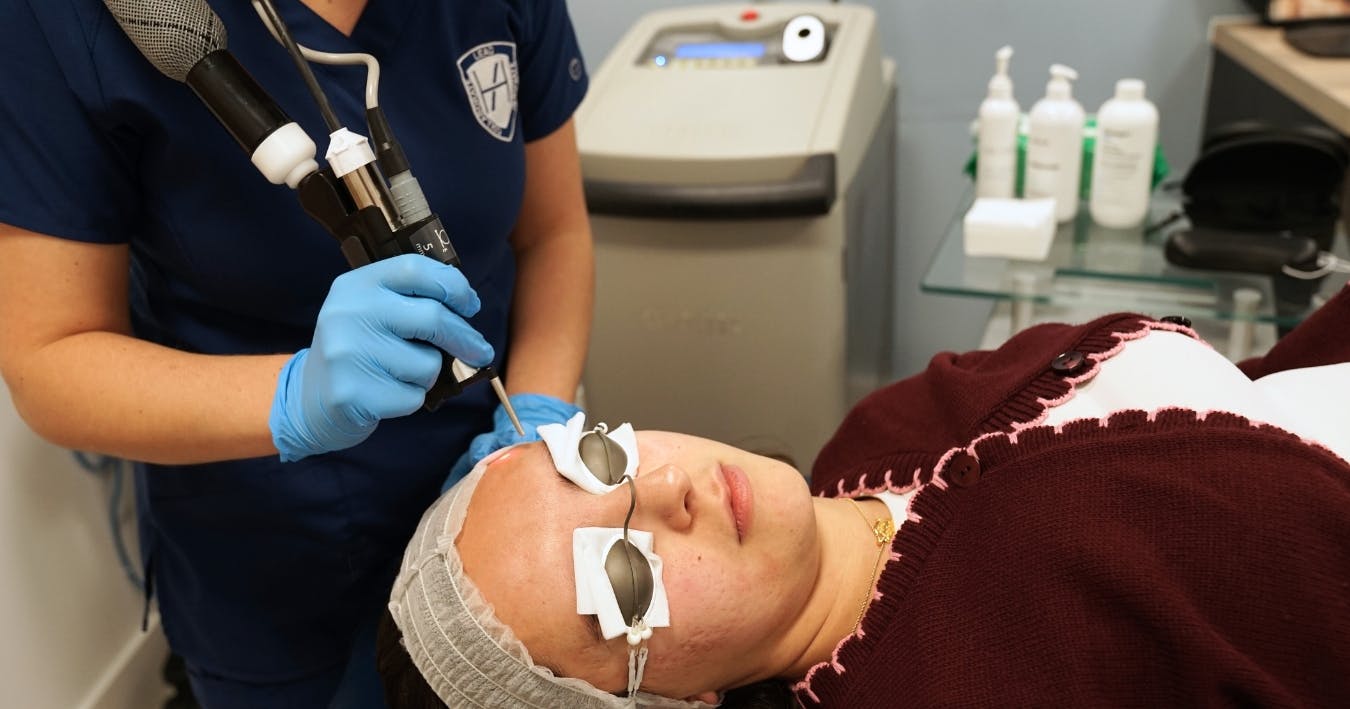
What are energy-based devices?
Firstly, let’s clarify what we mean by ‘energy-based devices’.
Energy-based devices used in aesthetics are a type of medical technology that uses sources such as light, heat, sound waves or focused electromagnetic fields to improve the appearance of the skin.
In facial aesthetics, the following types of energy-based devices are the most frequently used.
- Lasers: A focused beam of light is used to target specific tissues in the skin. Lasers have a broad remit, boasting the ability to tackle concerns including uneven skin texture, hyperpigmentation, spider veins, fine lines and wrinkles. They can also be used for hair removal
- Intense pulsed light (IPL): IPL devices emit a broad spectrum of light that can be used to treat a variety of skin conditions and for hair removal
- Ultrasound (US): High-frequency sound waves target fat cells and tighten skin
- Radiofrequency (RF): These devices heat and tighten the skin using electromagnetic waves.
Energy-based devices share a number of advantages with botox and dermal fillers compared to traditional surgical procedures, including:
- Minimal downtime
- Less pain
- Lower risk of complications.
Patient demand for energy-based device aesthetic treatments
We know anecdotally that patients are moving towards combination treatment plans to achieve their aesthetic goals. This means blending cornerstone cosmetic injectables such as botox and fillers, with skin treatments.
Intelligence on consumers’ future intentions supports this case for a broader treatment offering within aesthetics clinics.
Data from the Rare Group’s UK Aesthetics Tracker suggests consumers were interested in receiving laser hair removal, medicated weight management, vitamin injections and body contouring in the 12 months from November 2023.
Furthermore, in the 12 months up to November 2023, as many consumers had laser hair removal as had botulinum toxin treatments.
These numbers reflect increasing interest in a holistic approach to self-care - a direction the aesthetic medicine industry has been headed in for some years now.
We’ve consistently championed this aspect of aesthetic practice, known as the ‘Skin First’ approach. You can learn more about this in our previous article on the business case for introducing skin treatments alongside injectables. This explores the commerical opportunities skin options can bring and the boost they can bring to your revenue.

Demand for energy-based device treatments may not be being met
So from research, anecdotal evidence and media coverage, we know that aesthetics patients are interested in treatments beyond the core injectables.
Yet currently, only 40% of aesthetics clinics offer laser hair removal, IPL or LED treatments. Non-surgical skin tightening procedures are offered by 35%, according to Rare’s UK Aesthetic and Medical Aesthetics Clinics reporting.
Based on these figures, consumer demand is clearly there, so why don’t more aesthetic clinics offer these services?
How we’ve reflected this at The Academy Clinic
This is a journey we’ve been on ourselves recently at Harley Academy.
Our training clinic, The Academy Clinic, is based in the City of London and treats over 1,000 patients per month. They were initially coming to us for their botox, fillers and cosmetic dermatology treatments such as microneedling, chemical peels and skin boosters.
Due to increased demand for skin treatments and energy-based devices, we’ve now added Profhilo®, polynucleotides and laser treatments using the Cynosure Elite+ laser device to the clinic’s treatment menu. This is alongside stocking topical skincare products and making more skin appointments available.
When choosing which device to opt for as our initial foray into energy-based offerings at The Academy Clinic, we looked into what our patients were asking for. As we already have experience of using various technologies at STORY Clinics, we had some insights as to what might work.
However, given how much energy-based devices cost, we wanted to be sure we were choosing the best device possible, so we turned to Laseraid for advice. This is what sparked our partnership.
How to make energy-based devices affordable for your aesthetics practice
Cost is often an important factor in the decision-making process when introducing new treatments.
Energy-based devices are notoriously expensive which can be a barrier to purchase. As we discovered through our Laseraid partnership, this needn’t be the case.
“Financing these devices can be prohibitive, tying up capital that could be invested in marketing to accelerate business growth”, Natalie shares, “What about the speed at which technology advances, will this device need replacing in 12 months when new versions are released? It’s easy to see why some practitioners delay venturing into the devices game.”
How much do popular energy-based devices cost to purchase?
We asked Natalie for some sample price bands to give you an idea of the cost of popular energy-based devices.
She told us, “To purchase a new laser device like an Alma Soprano Titanium or a Cynosure Elite Plus you’re looking in the region of £85,000-£100,000. This often entails a financing arrangement with minimum terms of 3-5 years. Obviously, this can be challenging when you have a new business and want to introduce energy-based devices for the first time. The other consideration is the servicing and maintenance required to keep your device running. These costs can amount to £6,000 -£10,000 per year, not including parts.”
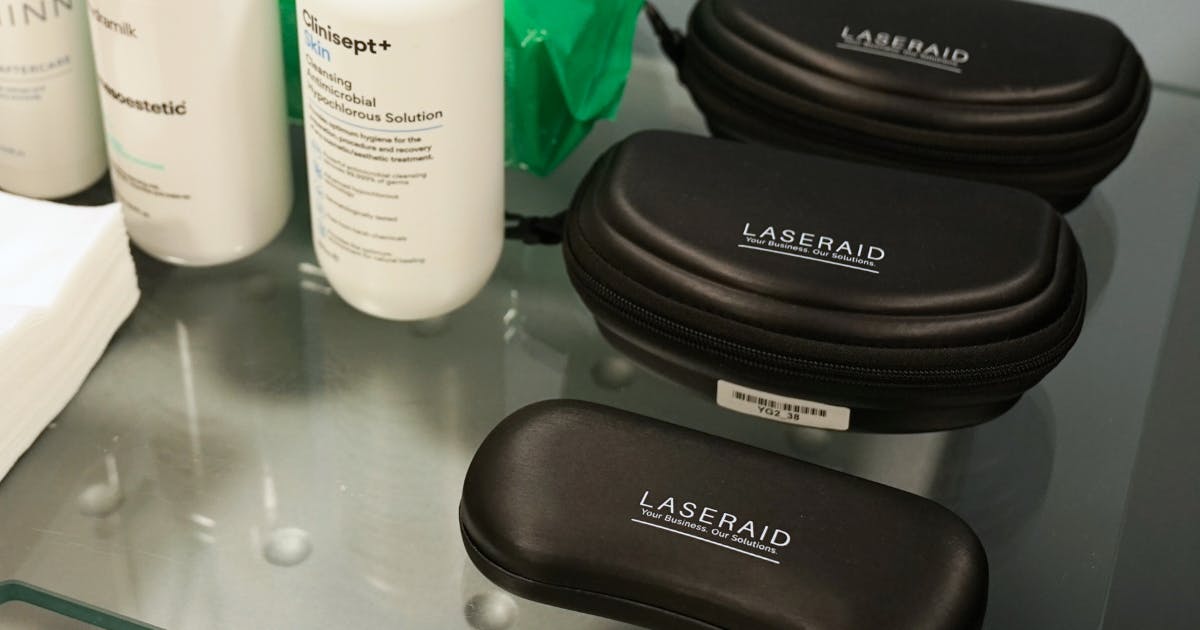
Cost-effective subscription for energy-based devices
Laseraid offers subscription-model plans for energy-based devices which allows aesthetic practitioners to introduce these treatments in a more flexible, cost-effective way. It also helps to overcome other challenges clinicians worry about when considering devices.
She notes that, besides financing, common questions practitioners have include:
- Which technology will best align with my patient demographic?
- What devices do my local competitors offer?
- Should I try to compete or offer something different?
“Having a subscription option takes a lot of the stress out of introducing a device at any stage of your aesthetics career, whether you decide to concentrate on building a strong client base on the foundations of injectable treatments first, or leverage an expansive offering early on to bring more clients into your business with multimodal, combined treatment plans.”
How does the Laseraid subscription work?
Natalie explains how this makes high-ticket, premium treatment devices more accessible. “
“What if you could access the latest device technologies on a subscription basis? No large upfront capital outlay, flexibility to adapt with the latest trends and patient wants and a whole sphere of support to ensure your business achieves its full potential.
“Laseraid was established in the UK in 2021 and owns a suite of over 140 energy-based devices from market-leading brands, across lasers, LEDs, radiofrequency microneedling, derma-facials and skin analysis.
“Our highly skilled team, work with you to uncover the best devices for your aesthetic practice, analysing your client demographic, your local competition and your business aspirations. Because we’re brand agnostic, this is never about the features and benefits of one device over another, it’s all about what’s right for you.
“Once you’ve established which technology is going to be a good fit, it’s then about what support you need for your business to be successful. The subscription model means you can tap into a plethora of value-added support. This is orchestrated by a dedicated account manager who’s with you every step of the way.”
The support Natalie mentions includes:
- Device servicing and maintenance
- Training
- Digital and marketing support
- PR
- Access to skin care and consumables to complement your new treatment offering.
She concludes, “The Laseraid Subscription model defies industry constraints, taking the risk out of incorporating high end, energy based treatments into your business. Our Laseraid CEO, Ben Savigar-Jones says, ‘The thing I love about Laseraid and our unique offering is that we are able to focus on you, what you would like your business to achieve and how our solutions can help you get there. In a space that is becoming more cluttered and confusing we prefer to hear how our subscription solution can have the biggest impact for you when you need it’.”
Find out more at www.laseraid.co.uk
This interview is a collaboration with our commercial device partners, Laseraid
All information correct at time of publication
Download our full prospectus
Browse all our injectables, dermal fillers and cosmetic dermatology courses in one document
By submitting this form, you agree to receive marketing about our products, events, promotions and exclusive content. Consent is not a condition of purchase, and no purchase is necessary. Message frequency varies. View our Privacy Policy and Terms & Conditions
Attend our FREE open evening
If you're not sure which course is right for you, let us help
Join us online or in-person at our free open evening to learn more
Our Partners
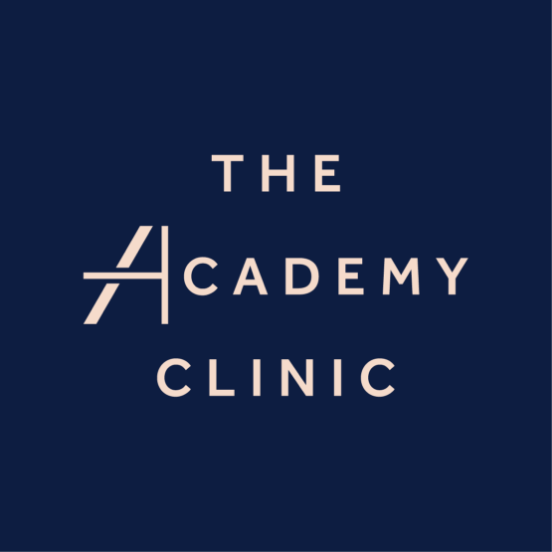
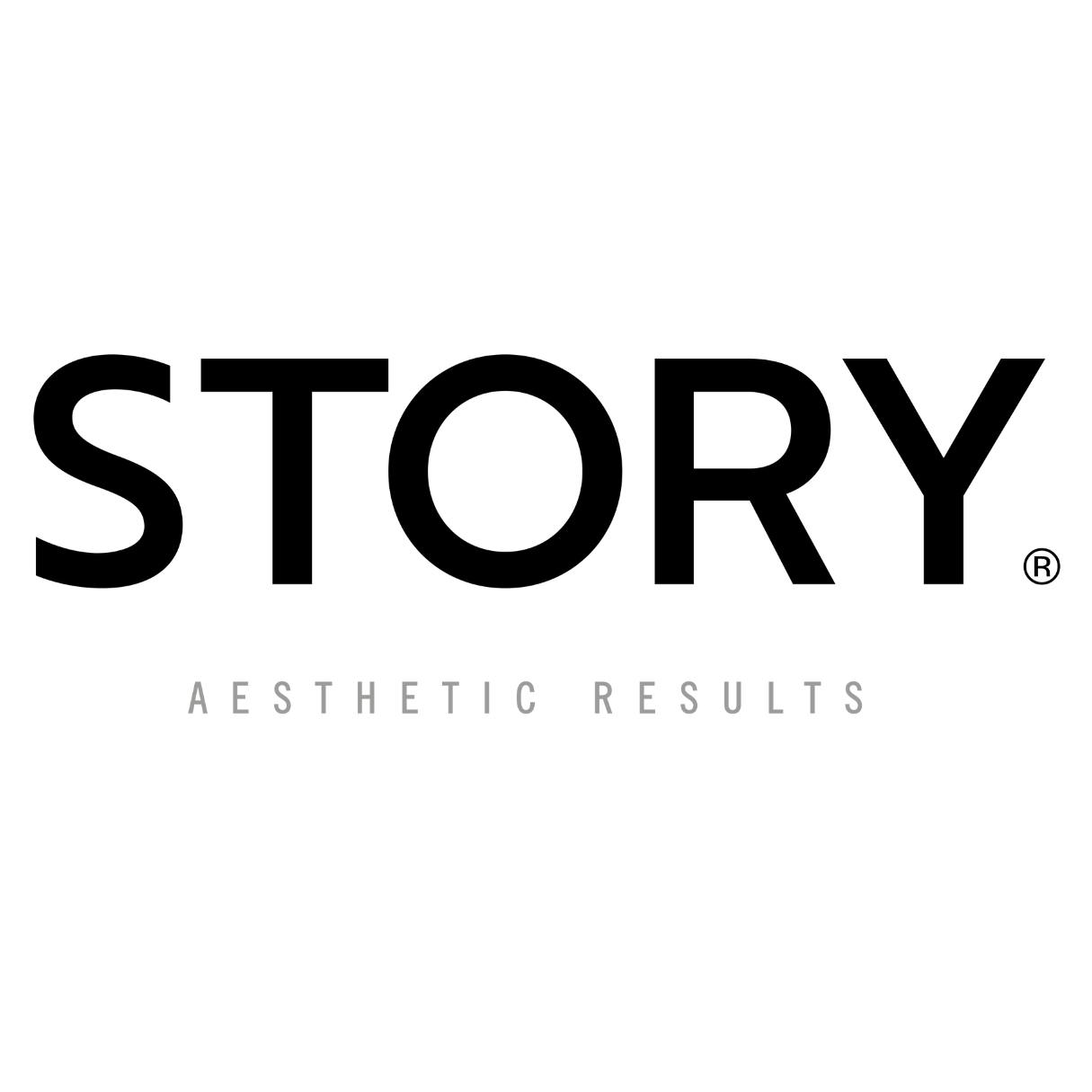
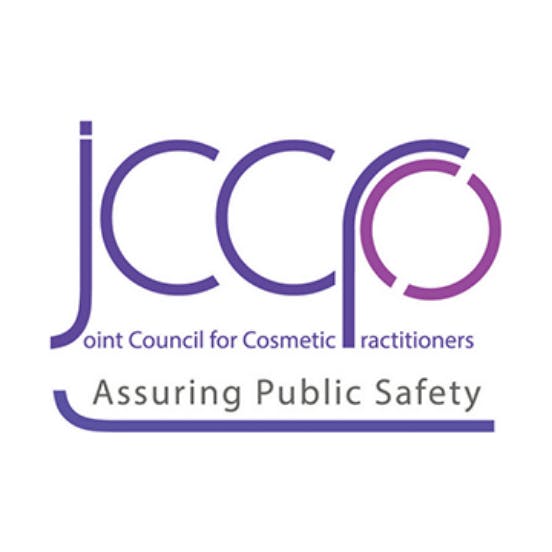

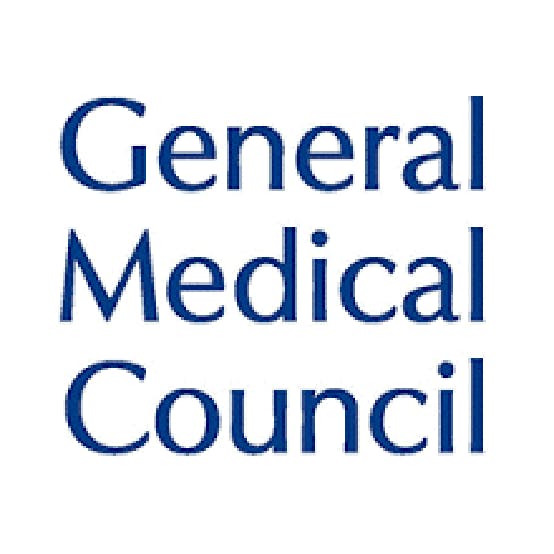

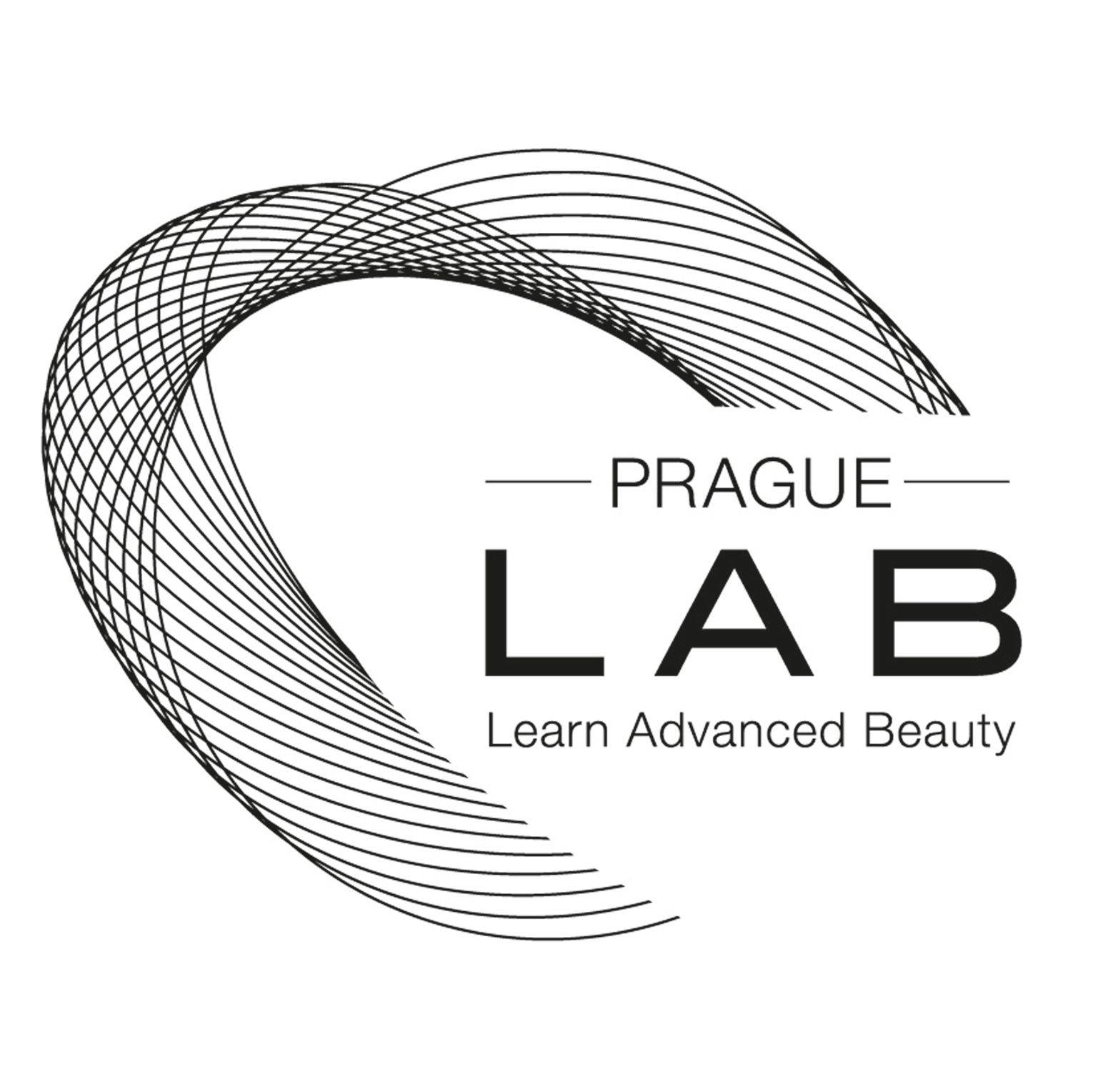
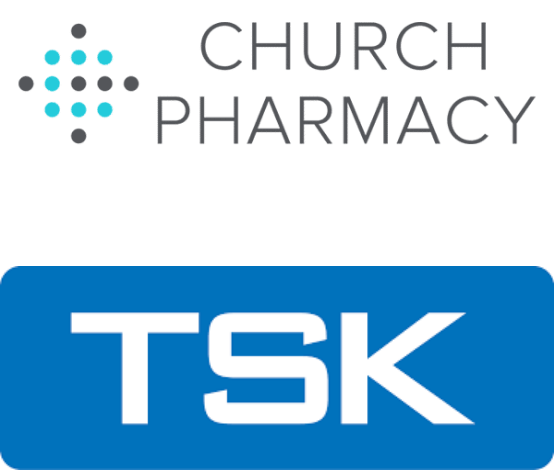
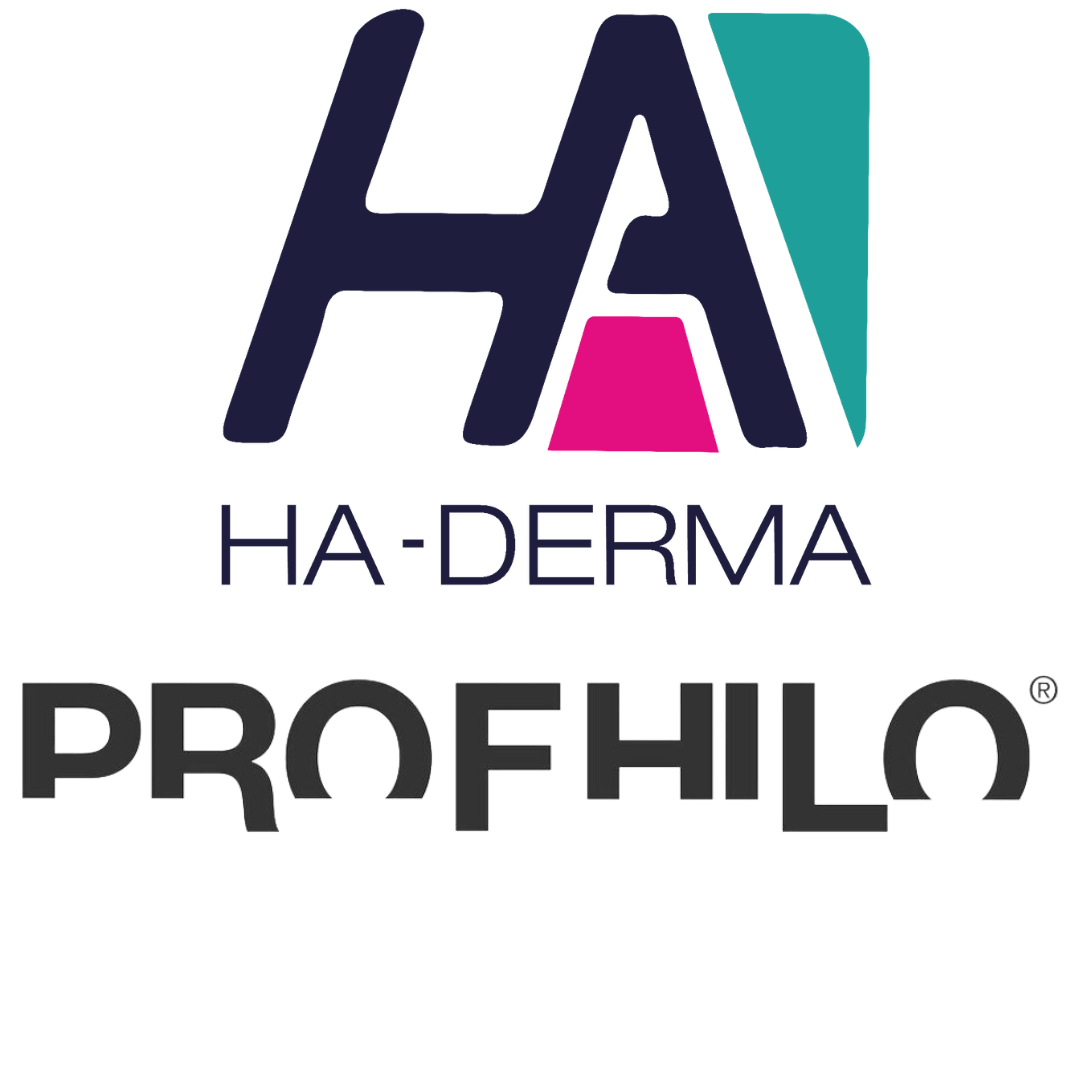
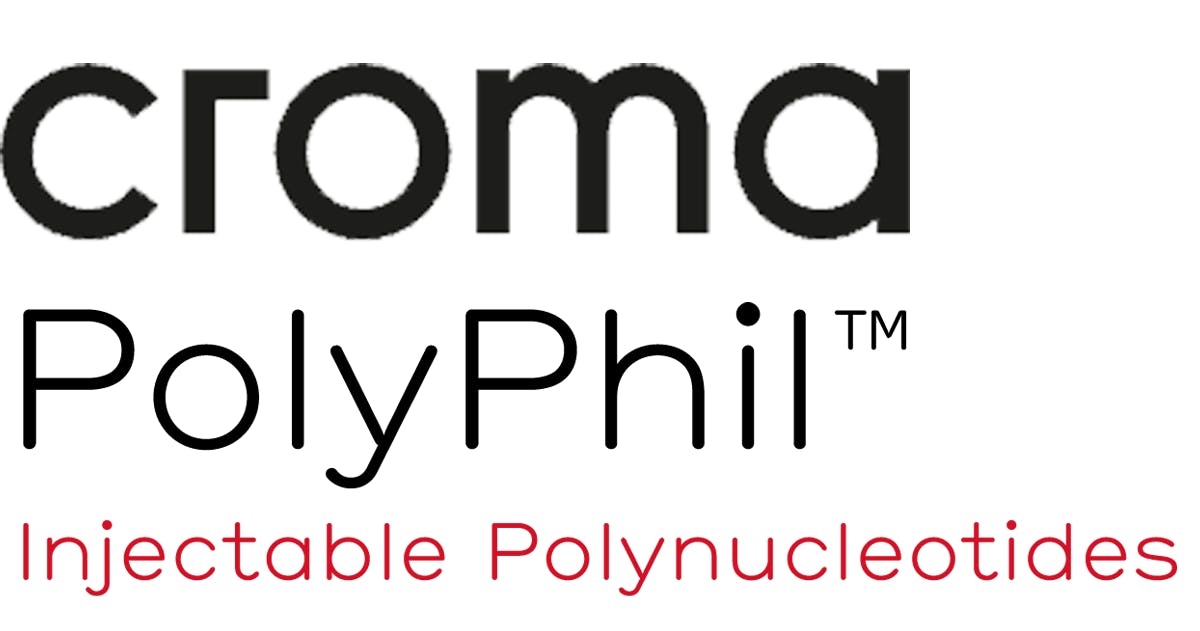

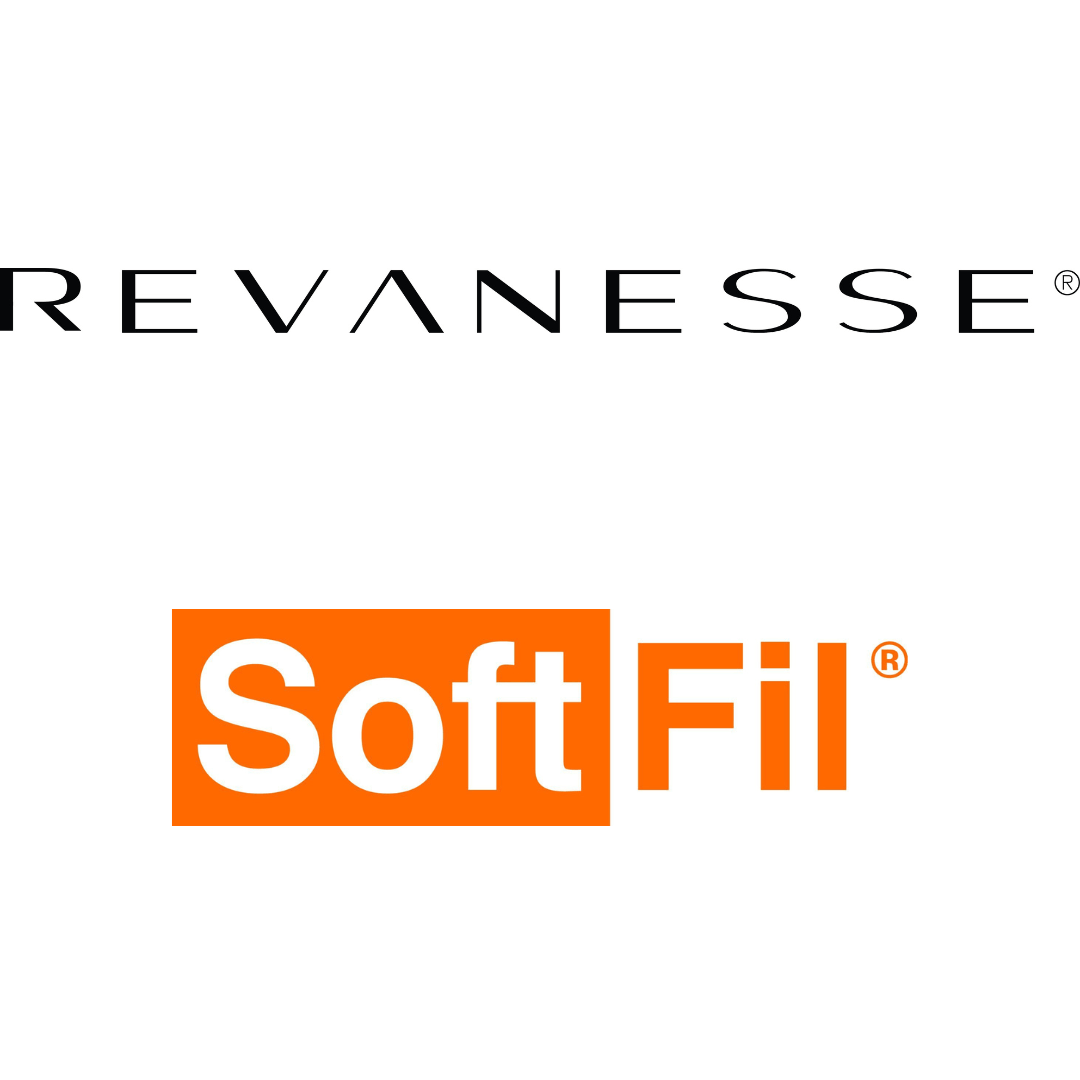
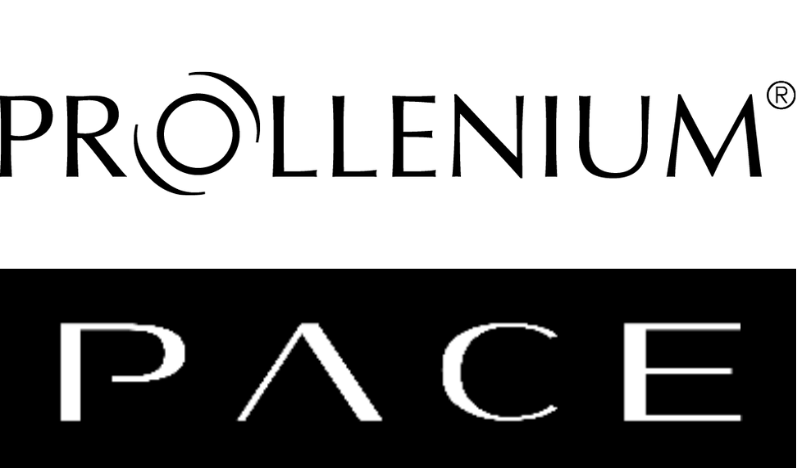
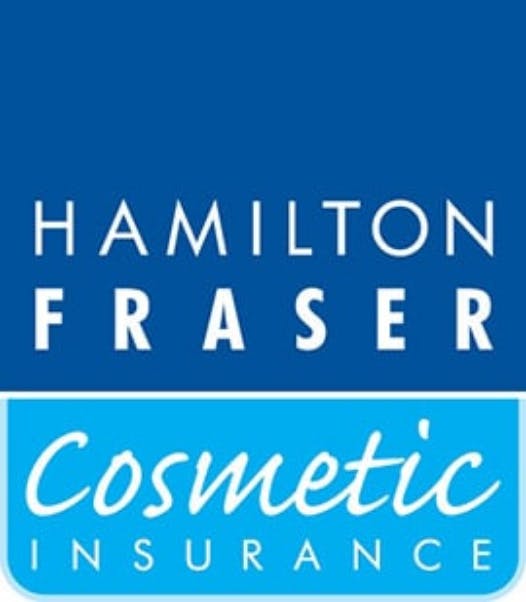
STAY INFORMED
Sign up to receive industry news, careers advice, special offers and information on Harley Academy courses and services

